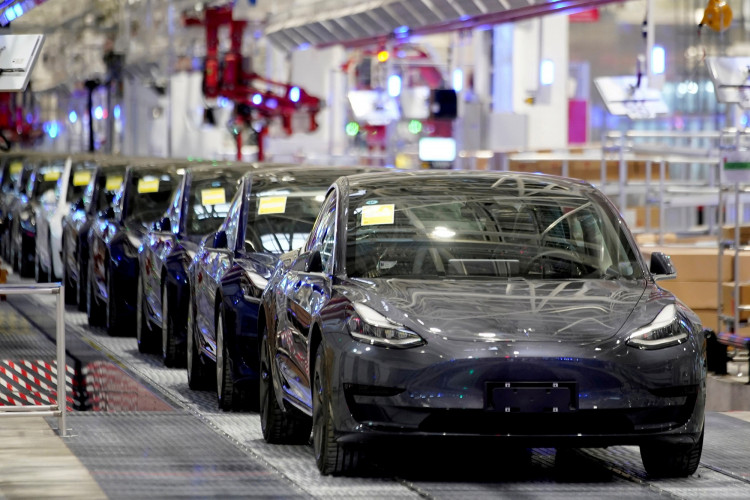Tesla, the global leader in new energy vehicles, has significantly influenced the global automotive industry with its product pricing strategies. Every move in Tesla's pricing is closely watched by its competitors.
At the start of this year's first quarter, Tesla took the lead in implementing price reductions, dropping the prices of its popular models, Model Y and Model 3, by about 29,000 to 36,000 yuan. This move led to domestic new energy vehicle companies such as Xpeng, Weltmeister, and NIO to follow suit and announce price reductions.
Now, as we step into the third quarter, Tesla has announced additional discounts on the Model S and Model X ranging from 35,000 to 45,000 yuan. Does this mean Tesla is set to lead a new round of price cuts in the second half of the year, and will other new energy vehicle companies face pressure to reduce prices?
For Tesla, sales growth > profit growth
This domestic price reduction marks Tesla's sixth price discount since September of last year, which it achieved through direct product price adjustments or indirect promotional benefits like 10,000 yuan insurance subsidies.
According to Wall Street Insights and Intelligence, Tesla's repeated price adjustments stem from a significant drop in domestic sales since the end of last year. In December, Tesla's sales were just 56,000 units, a 78.5% decrease from the previous month and a 21.1% decrease year-over-year. This weak overall performance, especially in the final month before the end of new energy vehicle subsidies, resulted in Tesla significantly reducing prices at the start of this year to ensure sales growth.
There's no doubt Tesla's pricing strategy has been effective. Despite other new energy vehicle companies experiencing decreases in both year-over-year and month-over-month sales in the first quarter, Tesla saw an increase in sales in January, February, and March, with a total of 229,000 vehicles sold. Globally, Tesla's first-quarter sales reached 423,000 vehicles, a 36% increase year-over-year and a 4% increase from the previous quarter.
Unlike traditional automakers whose price cuts usually last for a quarter, Tesla's sales promotion from the price cut extended into the second quarter. Tesla sold a total of 466,100 vehicles in the second quarter, an 83% increase year-over-year and a 10.2% increase from the previous quarter, setting a new sales record and exceeding market expectations.
Although Tesla's gross margin dropped in the first quarter (down to 19.3%, a 980 basis point decrease year-over-year) prompting market attention, Tesla has been eager to roll out new pricing strategies at the start of the second quarter. Given the choice between growing sales and increasing profits, Tesla decidedly chose the former.
How significant is the impact on domestic new energy vehicle companies?
Looking at the aftermath of Tesla's last price cut, most domestic new energy vehicle companies chose to follow suit with price reductions, with BYD being the notable exception.
In the first half of this year, the key raw material for new energy vehicles, lithium carbonate, saw a continuous price drop, from a high point of 600,000 yuan/ton to a low of 170,000 yuan/ton. This drop in raw material costs undoubtedly gave new energy vehicle companies more confidence in lowering prices.
However, Wall Street Insights and Intelligence believe the impact of Tesla's latest price cuts on domestic new energy vehicle companies will not be as significant.
On one hand, Tesla's last round of price cuts involved popular volume models, Model Y and Model 3, which directly compete with several domestic new energy vehicles within the price range of 230,000 to 260,000 yuan. This time, Tesla's price cuts focus on its premium models, Model S and Model X, which are priced between 770,000 and 860,000 yuan after the reduction. Not many domestic new energy vehicles compete in this price range, so the overall impact on domestic new energy vehicle companies will be minimal.
On the other hand, compared to the previous round of Tesla price cuts of around 10%, the price cuts on the Model S and Model X are less than 5%.
It's worth noting that in May this year, Tesla raised the prices of its new Model S and Model X by 19,000 yuan, so when taking both price adjustments into account, the price reduction is less than 3%.
In summary, Tesla is still more willing to sacrifice profitability to ensure high sales growth. However, this time, domestic new energy vehicle companies are unlikely to follow Tesla's pricing strategy.





